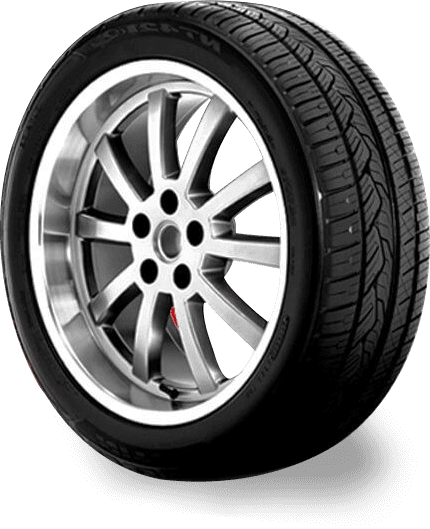
Oct . 08, 2024 04:19
Back to list
مخفض ضغط الغاز
Understanding Gas Pressure Regulators The Essential Tool for Safe Gas Distribution
Gas pressure regulators are crucial devices used in various industries to ensure that gas is delivered safely and at the correct pressure. These regulators play a vital role in the operation of gas appliances, industrial equipment, and distribution networks.
What is a Gas Pressure Regulator?
A gas pressure regulator is a mechanical device that reduces the high pressure of gas coming from a source, such as a gas tank or pipe, to a lower, usable pressure suitable for commercial or residential applications. Regulators function by balancing the pressure of the input gas with the output gas pressure, ensuring consistent delivery and preventing fluctuations that could lead to equipment damage or hazardous situations.
How Do Gas Pressure Regulators Work?
The basic operation of a gas pressure regulator involves a spring-loaded diaphragm mechanism. When gas enters the regulator, it pushes against the diaphragm, which moves to allow a specific amount of gas to flow through. If the downstream pressure rises above the set threshold, the diaphragm closes partially, stopping the flow of gas until the pressure decreases to a safe level.
This feedback mechanism allows the regulator to maintain steady pressure and compensate for variations in upstream supply pressure. Some regulators also include additional features such as venting systems to release excess pressure and maintain safety in case of a malfunction or pressure surge.
.
Gas pressure regulators are used extensively in various sectors, including
مخفض ضغط الغاز

1. Residential Use In homes, regulators ensure that natural gas or propane is delivered at a safe pressure to appliances like stoves, water heaters, and furnaces. This is critical for the safe and efficient operation of these devices.
2. Commercial Settings In restaurants and other kitchens, gas regulators are essential for controlling the pressure of gas for cooking equipment. Correct pressure regulation ensures that cooking equipment operates effectively and safely.
3. Industrial Applications In manufacturing, gas pressure regulators are used in processes that require precise gas flow and pressure, such as welding, metal fabrication, and chemical production. Accurate regulation helps maintain product quality and operational efficiency.
4. Gas Distribution In pipeline systems, regulators are vital for controlling the pressure throughout the distribution network, protecting pipelines and ensuring safe delivery to consumers.
Safety Considerations
The importance of gas pressure regulators extends to safety. Incorrect pressure can lead to hazardous situations, including gas leaks, explosions, and equipment failures. Regular maintenance and inspection of regulators are crucial to ensure their functionality and safety. Additionally, installing adjustable regulators allows users to modify pressure settings based on changing demands or conditions, providing both flexibility and safety.
Conclusion
Gas pressure regulators are indispensable devices that ensure the safe and efficient delivery of gas across various applications. By maintaining stable pressure, they protect equipment, enhance safety, and improve operational efficiency. Understanding their function and importance is essential for professionals in related industries, ensuring that they can effectively manage gas systems and contribute to overall safety and productivity. Regular attention to these devices is not only a good practice but a necessary measure to prevent potential hazards in gas usage.
Next:
Latest news
-
Safety Valve Spring-Loaded Design Overpressure ProtectionNewsJul.25,2025
-
Precision Voltage Regulator AC5 Accuracy Grade PerformanceNewsJul.25,2025
-
Natural Gas Pressure Regulating Skid Industrial Pipeline ApplicationsNewsJul.25,2025
-
Natural Gas Filter Stainless Steel Mesh Element DesignNewsJul.25,2025
-
Gas Pressure Regulator Valve Direct-Acting Spring-Loaded DesignNewsJul.25,2025
-
Decompression Equipment Multi-Stage Heat Exchange System DesignNewsJul.25,2025

